Ferrari has previewed a new V12 supercar ahead of a full unveiling on Friday, 3 May.
The new model is expected to be the latest entrant into the brand's flagship grand tourer line, taking up the mantle from the 812 Superfast, which has been in production for seven years.
The Italian marque has posted a piece of archive footage to X, in which its founder Enzo Ferrari celebrates the trademark soundtrack of his 12-cylinder engine.
"One day [celebrated Austrian orchestra conductor] Herbert von Karajan said to me: 'Listening to your 12-cylinder brings forth a harmony that no maestro will ever be able to interpret'," Enzo recalls.
This is followed by a blurred film of the new car accelerating away from the camera, accompanied by an unmistakable 12-cylinder roar. Listen to it below.
As Enzo Ferrari recounted, the V12 is a timeless symphony that transcends replication.#Ferrari pic.twitter.com/FXhhD1jUE4
— Ferrari (@Ferrari) May 2, 2024
Another clip gives a brief look at what appears to be a rear decklid, before confirming the wraps will come off at 1am British time tomorrow.
Ferrari is marking its 70th anniversary in the US at this weekend's Miami Grand Prix, so it's likely the new car's reveal will form part of those celebrations.
Spotted on numerous occasions testing in Italy – initially dressed as a Roma but more recently wearing production-spec bodywork – Ferrari’s new grand tourer is set to pack more than 800bhp from the latest iteration of Maranello's atmo 12-pot.
The Italian firm has long been vocal about keeping its 12-cylinder engine alive for its flagship cars, deploying it most recently in the Daytona SP3 supercar and Purosangue SUV, even as it ramps up its electrification initiative with the 296 and SF90 hybrids, and its first pure EV, due in 2025.
Speaking to Autocar previously, Ferrari head of design Flavio Manzoni said: “I personally believe we have to fight for this engine. From a technology point of view, it’s not the most efficient.


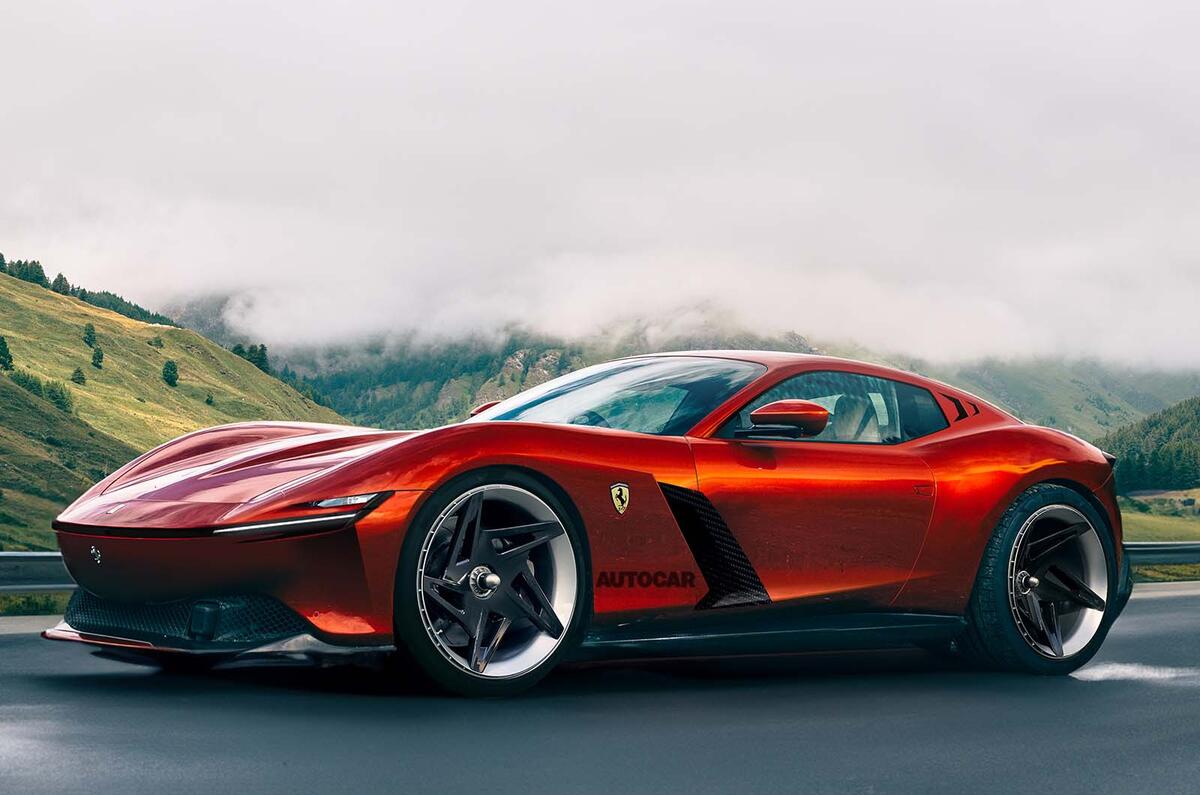
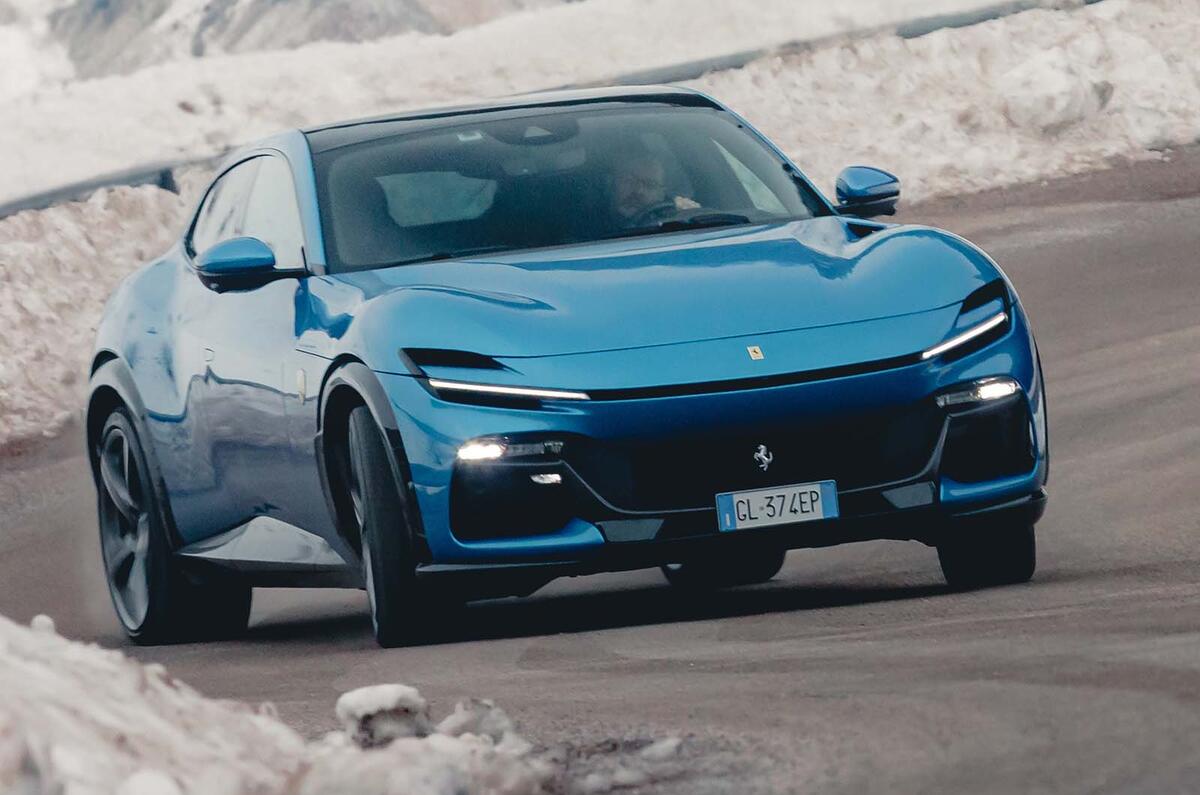
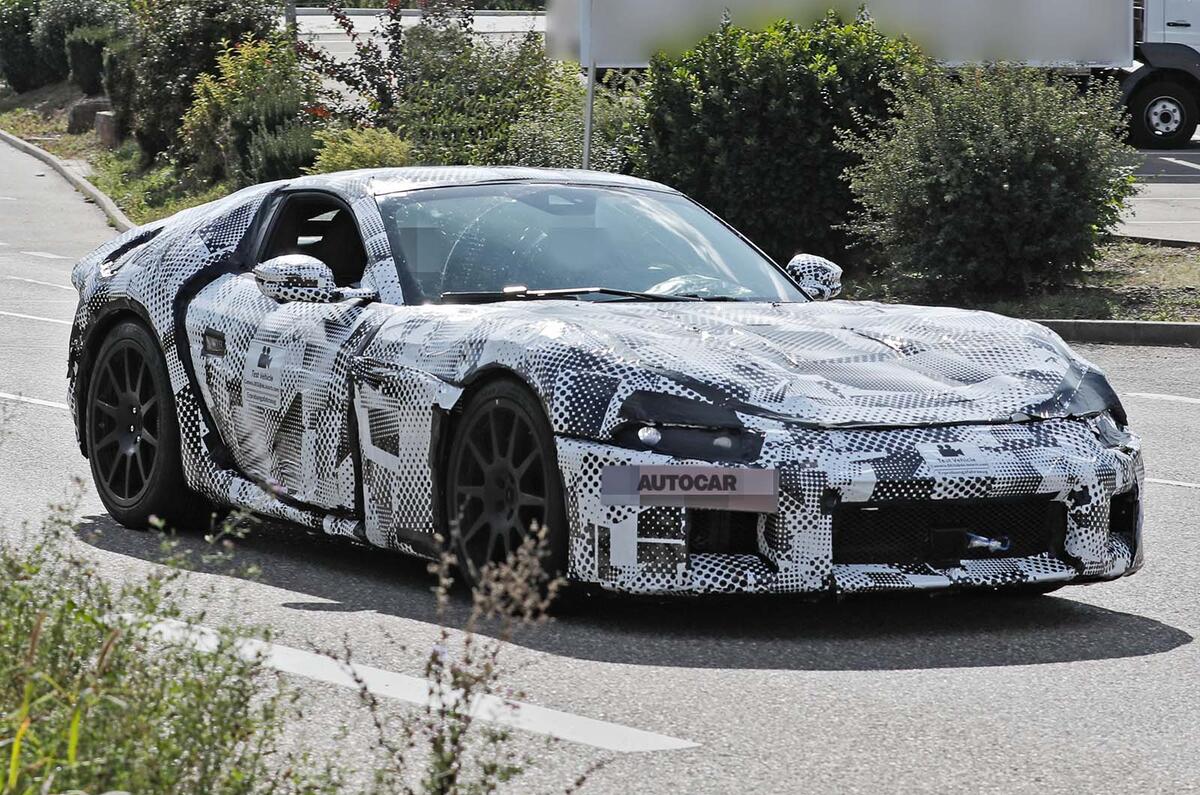
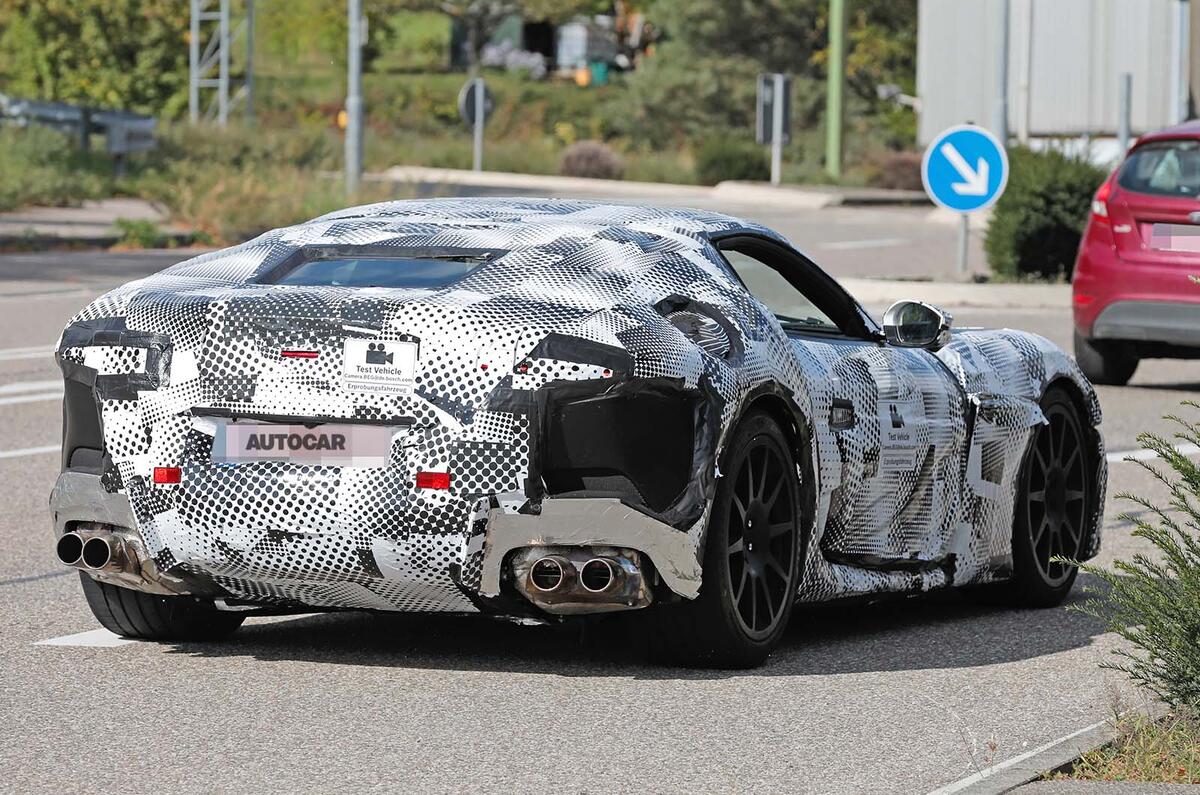

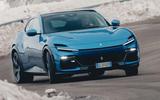

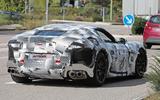

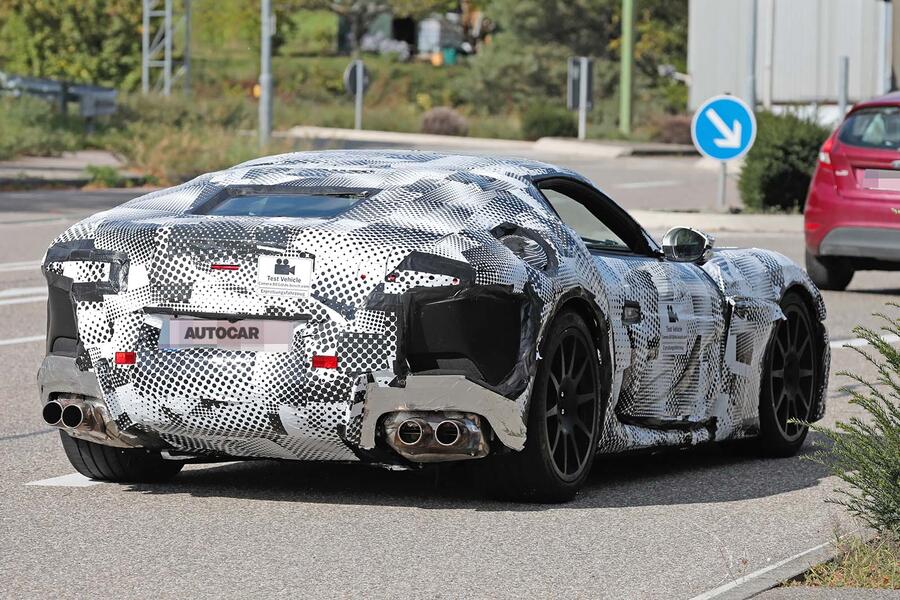





Join the debate
Add your comment
That short video reminded me of the "Ferrari: A rare experience" TV ads I saw in the early 80s (around 81 or 82). Best TV advert ever, sadly I haven't been able to find it anywhere!
Ferrari's USP.
The only manufacturer that can produce whatever they want. They will never be short of customers. IMO
Good Lord! How is anyone supposed to be able to do any work in that engine bay? Half of the engine is behind the cowl!